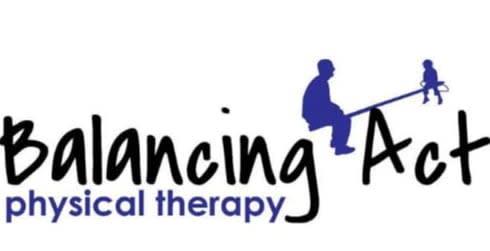Running Strong: Physical Therapy and Exercise Tips for Runner's Knee

As a dedicated runner, there's nothing more frustrating than being sidelined by the nagging pain of runner's knee. Whether you're a seasoned marathoner or a casual jogger, the discomfort associated with patellofemoral pain syndrome can be a significant hurdle. Fear not! In this blog post, we'll explore how physical therapy and targeted exercises can help you overcome runner's knee and get back to pounding the pavement pain-free.
Understanding Runner's Knee:
Runner's knee, or patellofemoral pain syndrome, is a common condition among runners, characterized by pain around or behind the kneecap. It often results from overuse, muscle imbalances, or improper biomechanics during running. The good news is that with the right approach, including physical therapy and targeted exercises, you can address the root causes and build a strong foundation for pain-free running.
Physical Therapy Interventions:
Assessment and Diagnosis:
Before diving into exercises, a comprehensive assessment by a physical therapist is crucial. This includes analyzing your running gait, assessing muscle imbalances, and identifying any biomechanical issues contributing to runner's knee. A tailored treatment plan can then be developed based on your specific needs.
Manual Therapy:
Physical therapists may employ hands-on techniques like massage, joint mobilization, or stretching to alleviate muscle tightness and improve joint mobility. This helps in reducing pain and promoting optimal movement patterns.
Strengthening Exercises:
Strengthening the muscles around the knee is paramount in managing runner's knee. Exercises targeting the quadriceps, hamstrings, and hip abductors can help correct imbalances and provide better support to the knee joint.
- Quadriceps Strengthening: Leg presses, squats, and step-ups can effectively target the quadriceps, enhancing knee stability.
- Hamstring Exercises: Hamstring curls and bridges strengthen the muscles at the back of the thigh, promoting overall knee joint balance.
- Hip Abductor Workouts: Side leg raises and clamshells help activate and strengthen the hip abductors, reducing strain on the knee.
Flexibility Training:
Improved flexibility can enhance your range of motion and reduce stress on the knee joint. Incorporate stretches for the quadriceps, hamstrings, and iliotibial (IT) band into your routine.
Exercise Recommendations for Runner's Knee:
Low-Impact Cardio:
While recovering from runner's knee, opt for low-impact cardio activities such as swimming, cycling, or elliptical training. These activities reduce stress on the knees while maintaining cardiovascular fitness.
Cross-Training:
Include cross-training in your regimen to give your knees a break from constant pounding. Activities like swimming and strength training can contribute to overall fitness without exacerbating knee pain.
Gradual Return to Running:
Once your physical therapist gives the green light, ease back into running gradually. Start with shorter distances and incorporate walking intervals. Pay attention to any signs of discomfort and adjust accordingly.
Conclusion:
Runner's knee may be a common challenge for runners, but with the right blend of physical therapy interventions and targeted exercises, you can overcome this obstacle. Remember, the key is not only to alleviate symptoms but also to address the underlying causes to prevent future recurrences. Listen to your body, stay consistent with your exercises, and soon you'll be back on the road, enjoying the freedom and joy of running pain-free. Happy running!
Get in Touch
Get in Touch with the Experts at Balancing Act Physical Therapy
Don't let pain and discomfort hold you back from living your life to the fullest. Contact our team of experienced physical therapists today and take the first step towards a healthier, happier you.

